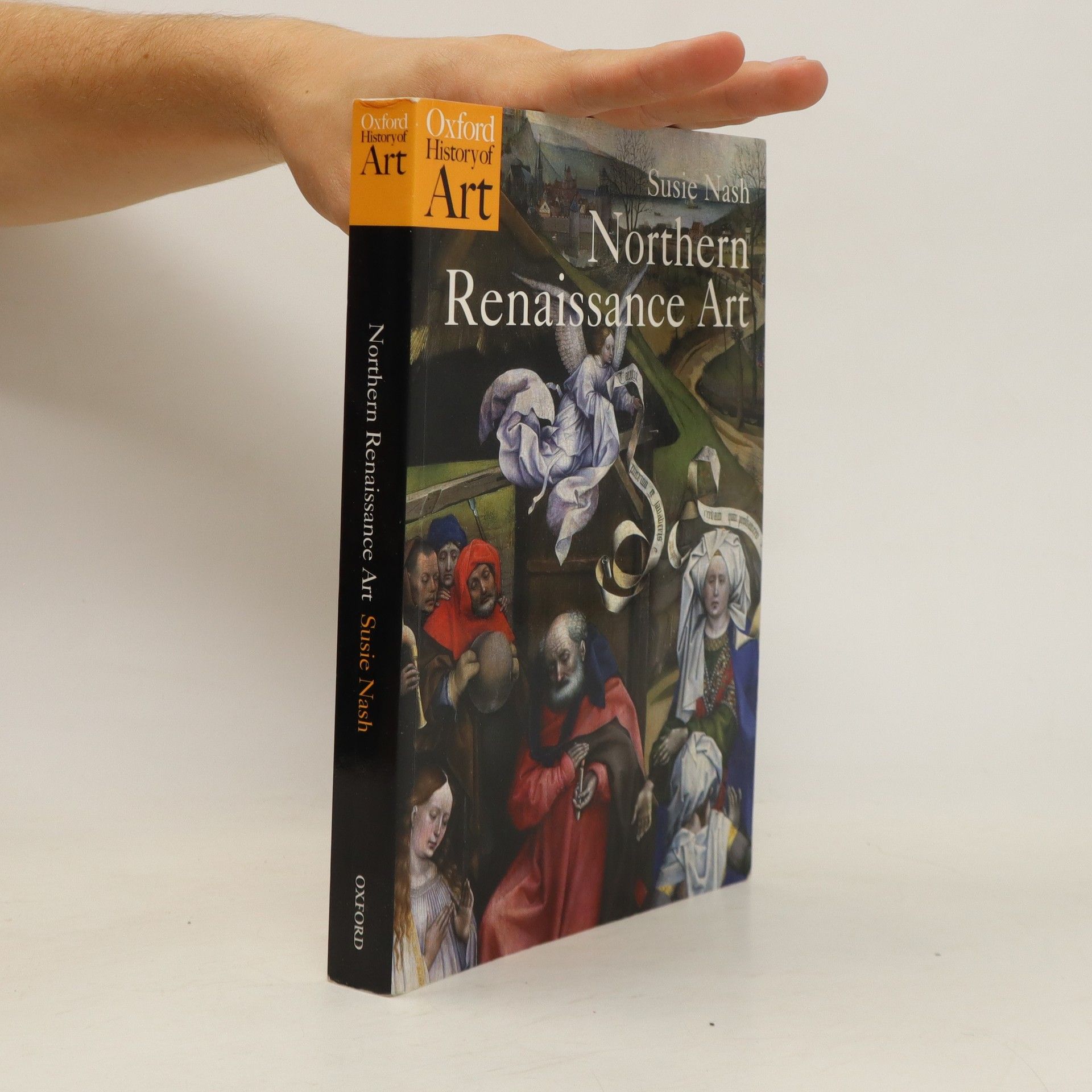Late Medieval Panel Paintings. Volume 1: Methods, Materials and Meanings
- 192 pages
- 7 hours of reading
The book features a collection of 15th- and early 16th-century panels primarily from northern Europe, showcasing works influenced by Netherlandish artistry rather than Italian styles. These largely unknown pieces have not undergone modern investigative techniques such as infrared or x-ray analysis. The focus is on their artistic quality, despite challenges in attribution and connections to specific masters.

